JOSEF DAVIDSSONS JD 320 Installation and Maintenance Manual
- Category
- Fireplaces
- Type
- Installation and Maintenance Manual
This manual is also suitable for
JOSEF DAVIDSSONS JD 320 is designed for cooking and as a heating source on cold winter evenings. It's an efficient wood stove (78%) with an output of 3-8 kW. It has a large firebox (300 x 190 x 390 mm) that can accommodate logs up to 350 mm long. The stove is made of heavy cast iron and has a vermiculite lining that helps it retain heat. It also has a built-in ash pan for easy cleaning.
JOSEF DAVIDSSONS JD 320 is designed for cooking and as a heating source on cold winter evenings. It's an efficient wood stove (78%) with an output of 3-8 kW. It has a large firebox (300 x 190 x 390 mm) that can accommodate logs up to 350 mm long. The stove is made of heavy cast iron and has a vermiculite lining that helps it retain heat. It also has a built-in ash pan for easy cleaning.




















-
 1
1
-
 2
2
-
 3
3
-
 4
4
-
 5
5
-
 6
6
-
 7
7
-
 8
8
-
 9
9
-
 10
10
-
 11
11
-
 12
12
-
 13
13
-
 14
14
-
 15
15
-
 16
16
-
 17
17
-
 18
18
-
 19
19
-
 20
20
JOSEF DAVIDSSONS JD 320 Installation and Maintenance Manual
- Category
- Fireplaces
- Type
- Installation and Maintenance Manual
- This manual is also suitable for
JOSEF DAVIDSSONS JD 320 is designed for cooking and as a heating source on cold winter evenings. It's an efficient wood stove (78%) with an output of 3-8 kW. It has a large firebox (300 x 190 x 390 mm) that can accommodate logs up to 350 mm long. The stove is made of heavy cast iron and has a vermiculite lining that helps it retain heat. It also has a built-in ash pan for easy cleaning.
Ask a question and I''ll find the answer in the document
Finding information in a document is now easier with AI
Other documents
-
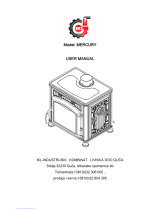 IKL Mercury User manual
IKL Mercury User manual
-
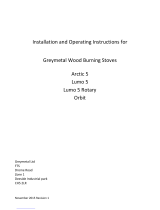 Greymetal Arctic 5 Installation And Operating Instructions Manual
Greymetal Arctic 5 Installation And Operating Instructions Manual
-
Megger ME-OAT480C User manual
-
Contura 810L Operating instructions
-
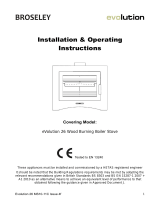 Broseley Evolution 26 Boiler Stove Installation guide
Broseley Evolution 26 Boiler Stove Installation guide
-
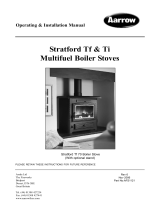 Aarrow Fires Tf 70 User manual
Aarrow Fires Tf 70 User manual
-
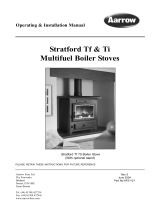 Aarrow Fires Boiler Stratford Tf User manual
Aarrow Fires Boiler Stratford Tf User manual
-
Charnwood SLX 45 Operating instructions
-
Charnwood SLX20 Operating instructions
-
Charnwood Bay VL Operating instructions
























